If I understanding you correctly, you're looking to find a 'user' id (top-level) by querying a field that is nested two-deep (i.e. within the user object, then within the device object).
This is not possible with your database in its current format - see this question: Deep path query using wildcard as a path (in your instance, the 'wildcard' would be a device id).
I would reccommend you structure your database so you have lists of devices and users. For example:
users:
-userId:
-devices:
-device ID:true,
-device ID:true,
-device ID:true
etc....
devices:
-deviceID:
-users:
-user ID:true,
-user ID:true,
-user ID:true
-MACID: _____,
-realData: _____,
-etc...
*I'm never sure whether it's better to do [user ID]:[true], or [randomPushedId]:[user Id] - but both have the same effect. Maybe somebody could add to this.
You can then query your 'devices' node by MACID. Something like:
yourDatabaseRef.child("devices").orderByChild("MACID").equalTo([YOURMACIDHERE])
.once('value', (response) => { // GET KEY, THEN MAKE THE UPDATE })
In this instance, you're not actually using the 'users' node for anything - but I imagine you need it for something.
The most important thing is to think about how you're going to actually read your data, and then work out how your database should be structured from that. For example, if you're never going to get a list of devices by user, you won't need to add the devices references to the user node.
